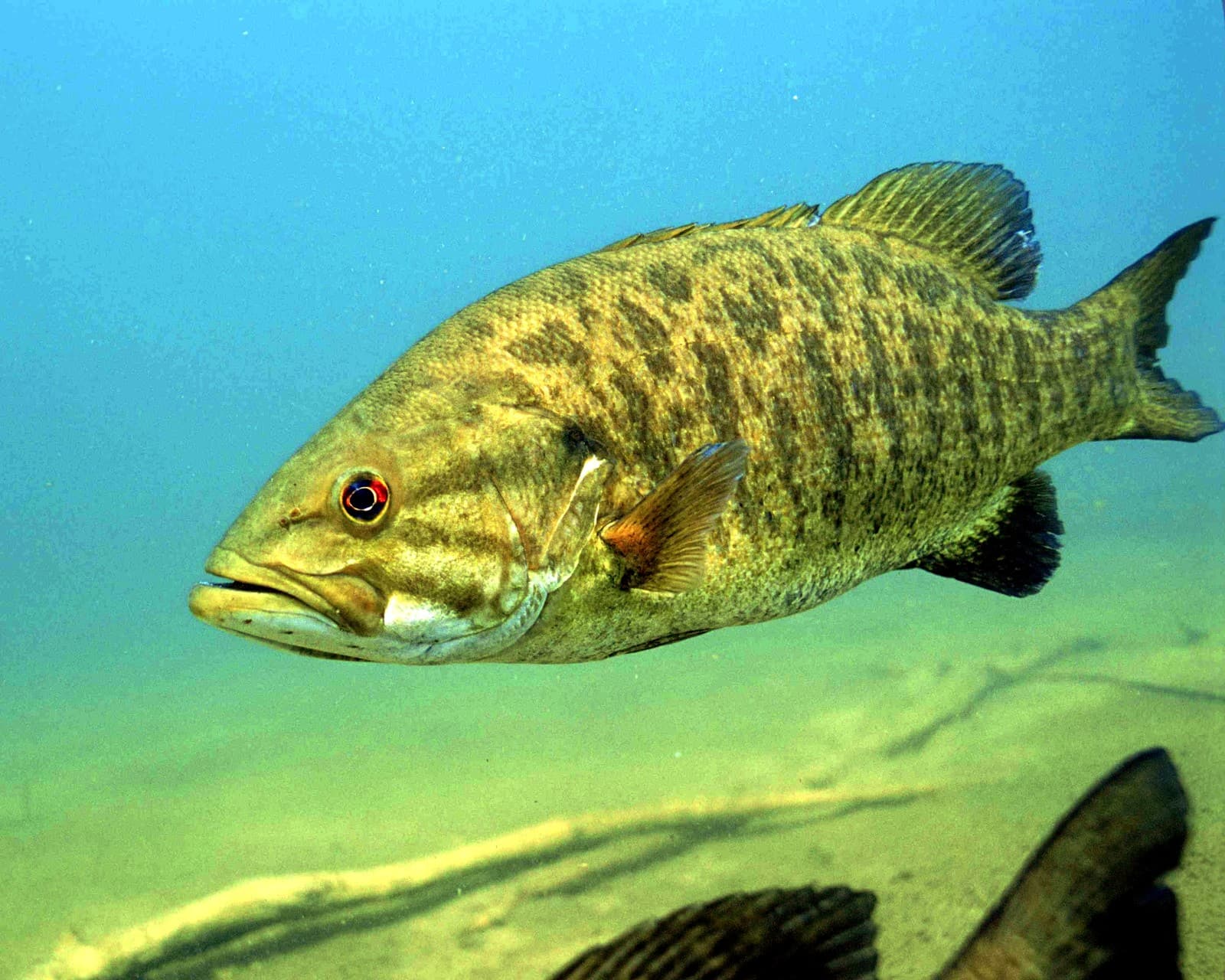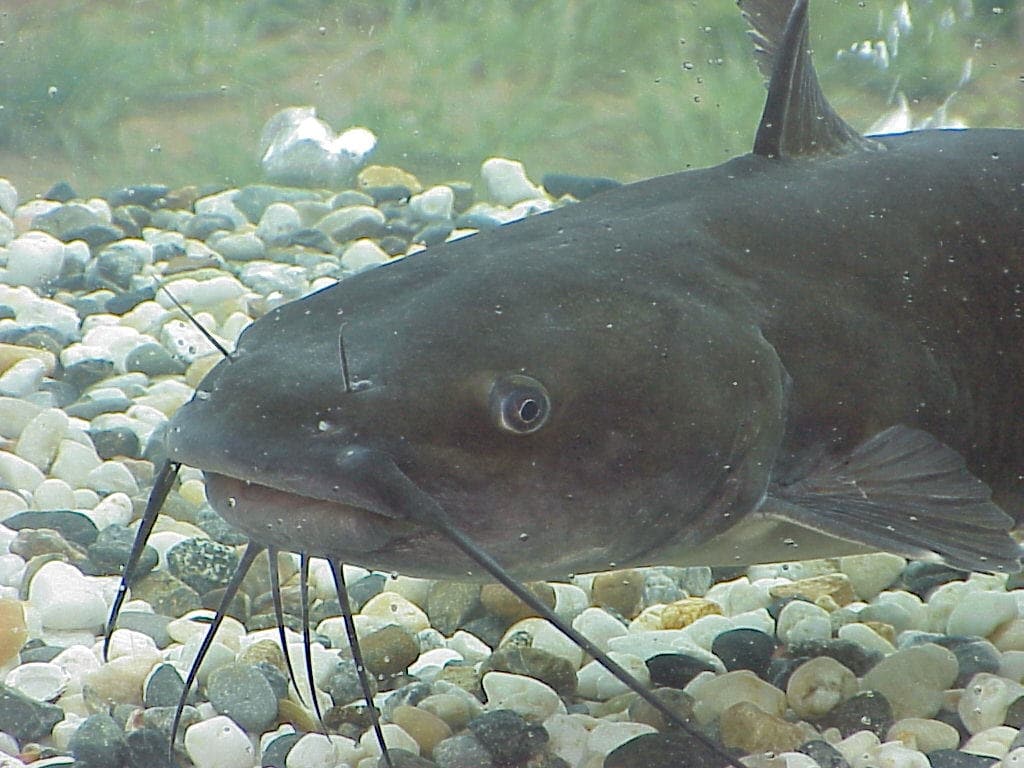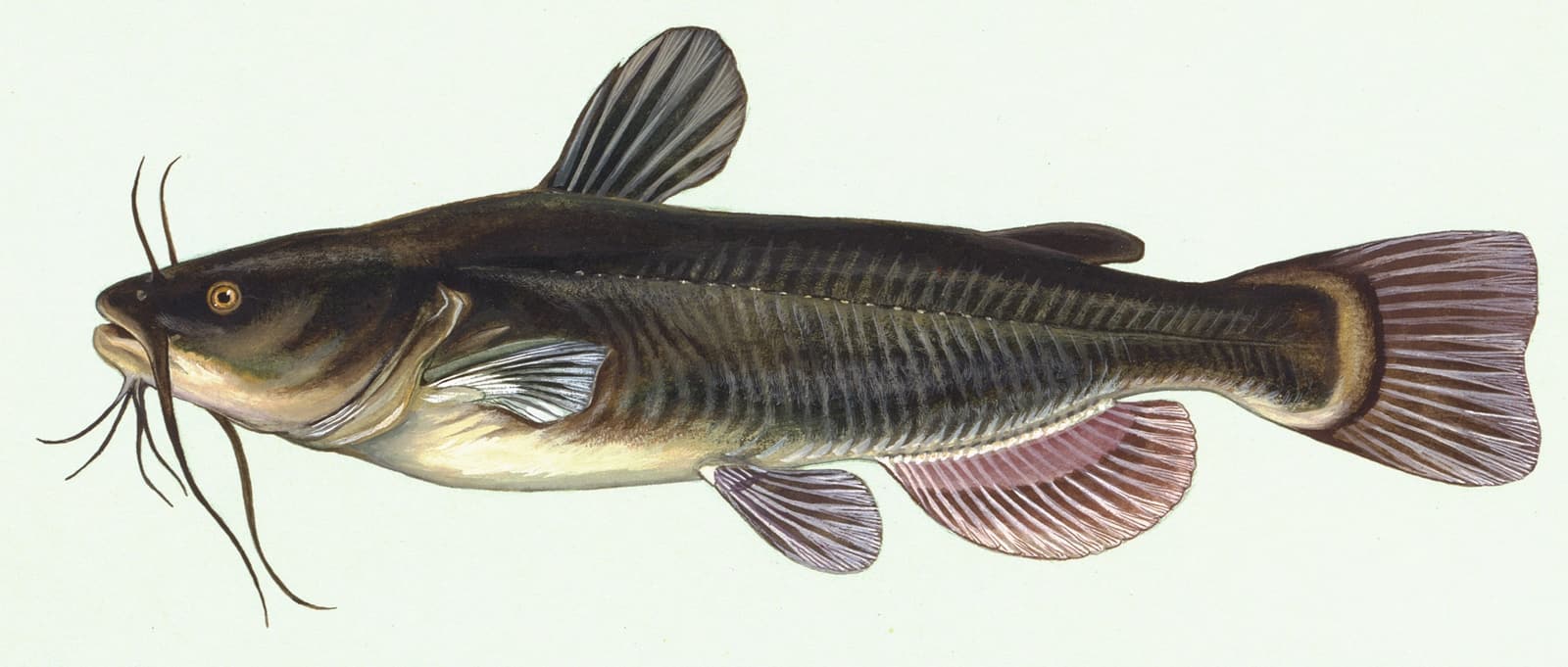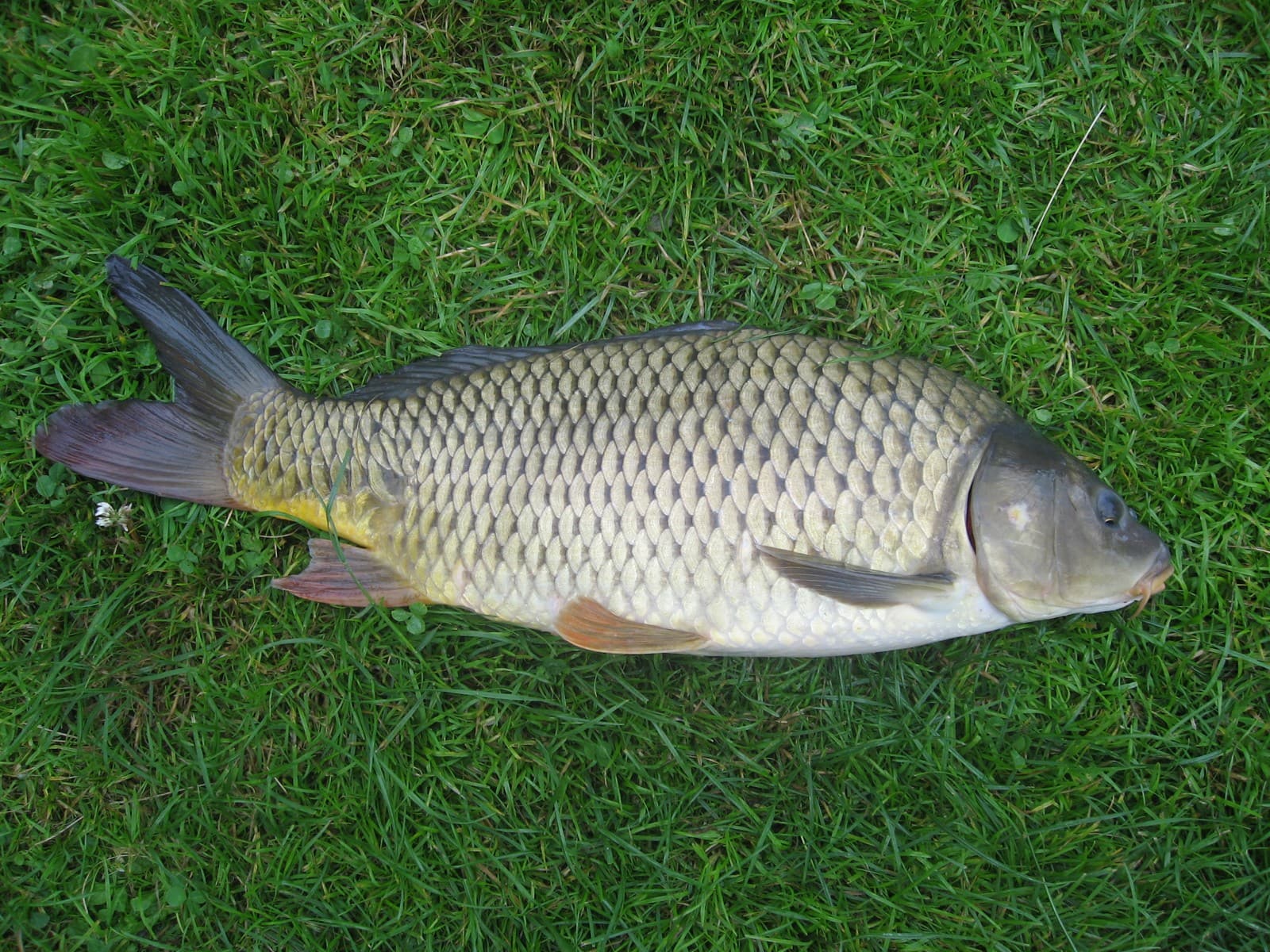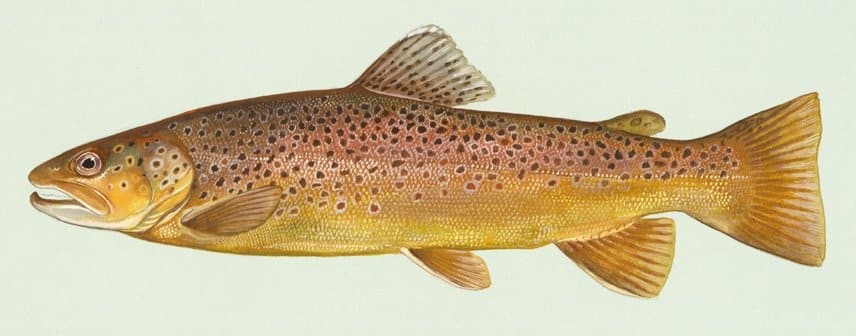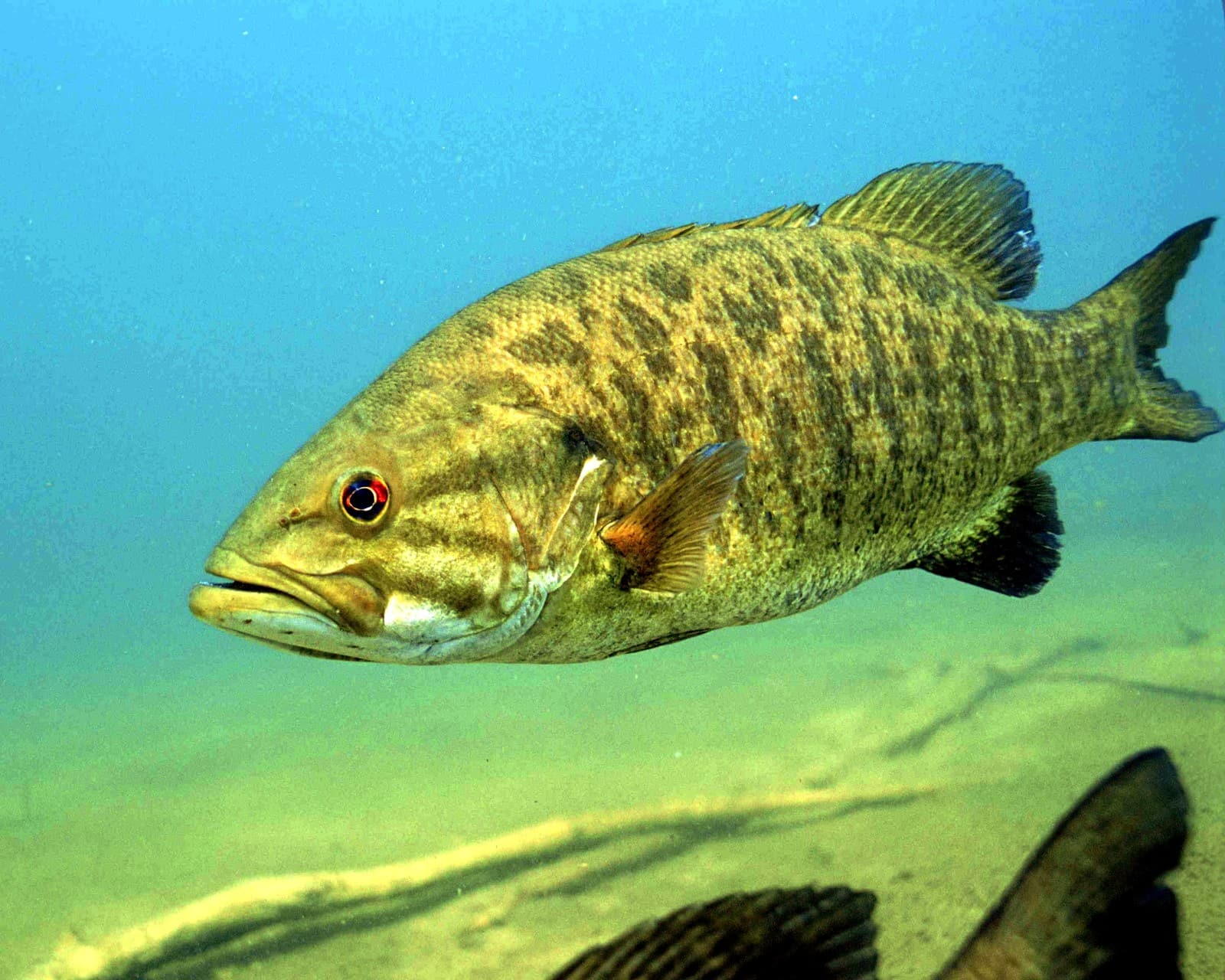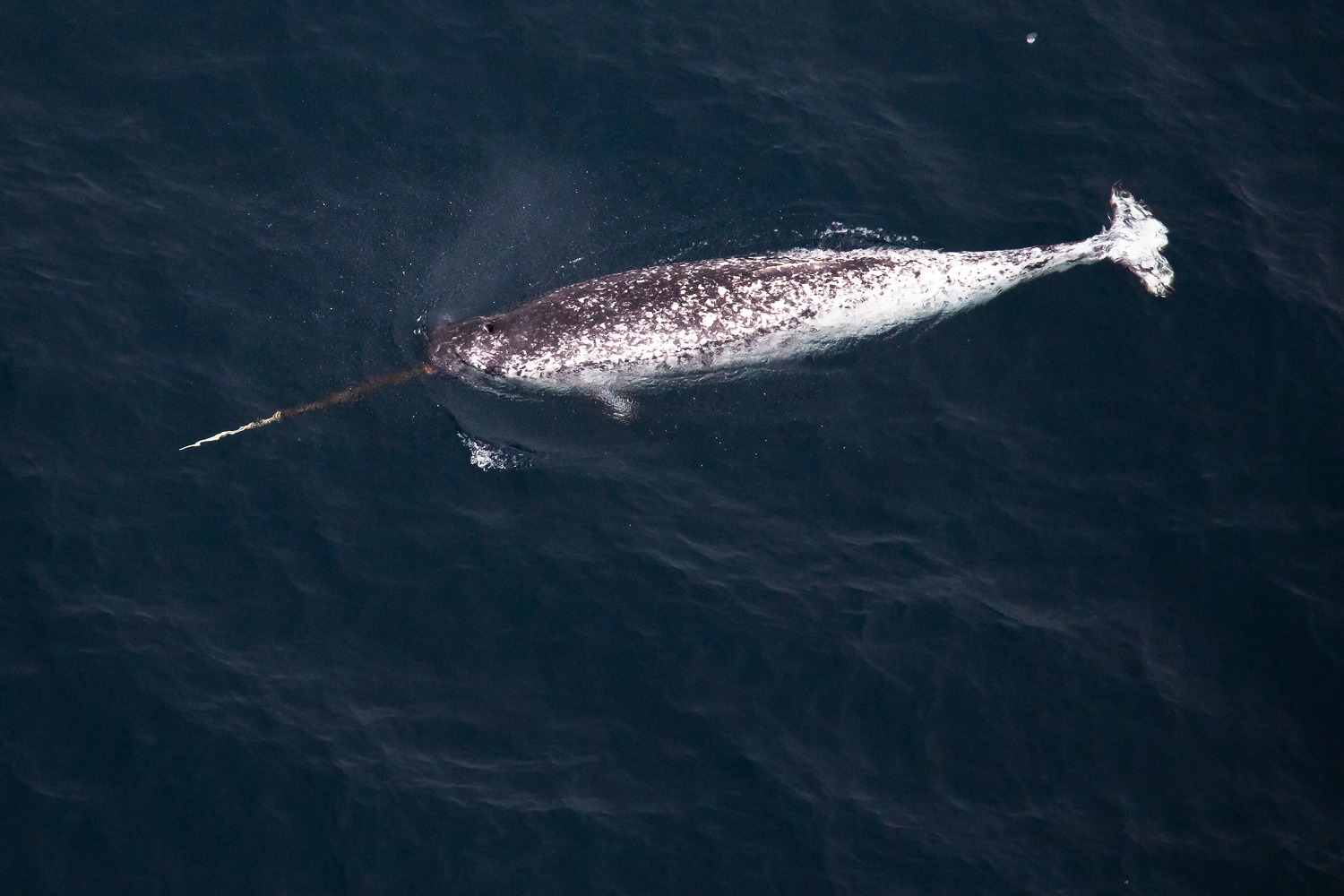Catfish vs Bass: A Complete Comparison
When comparing Catfish vs Bass, these freshwater titans showcase remarkably different evolutionary adaptations. Channel Catfish can reach lengths of 50 inches (127 cm) and weights over 50 pounds (22.7 kg), while Largemouth Bass typically max out at 30 inches (76 cm) and 22 pounds (10 kg). Their distinct hunting strategies and sensory capabilities make them fascinating subjects for both anglers and scientists.
These popular gamefish species have evolved to dominate different niches within freshwater ecosystems. While Bass rely primarily on sight and lateral line sensing to ambush prey in clear waters, Catfish have developed extraordinary chemoreceptors and barbels to navigate and hunt effectively in murky conditions.
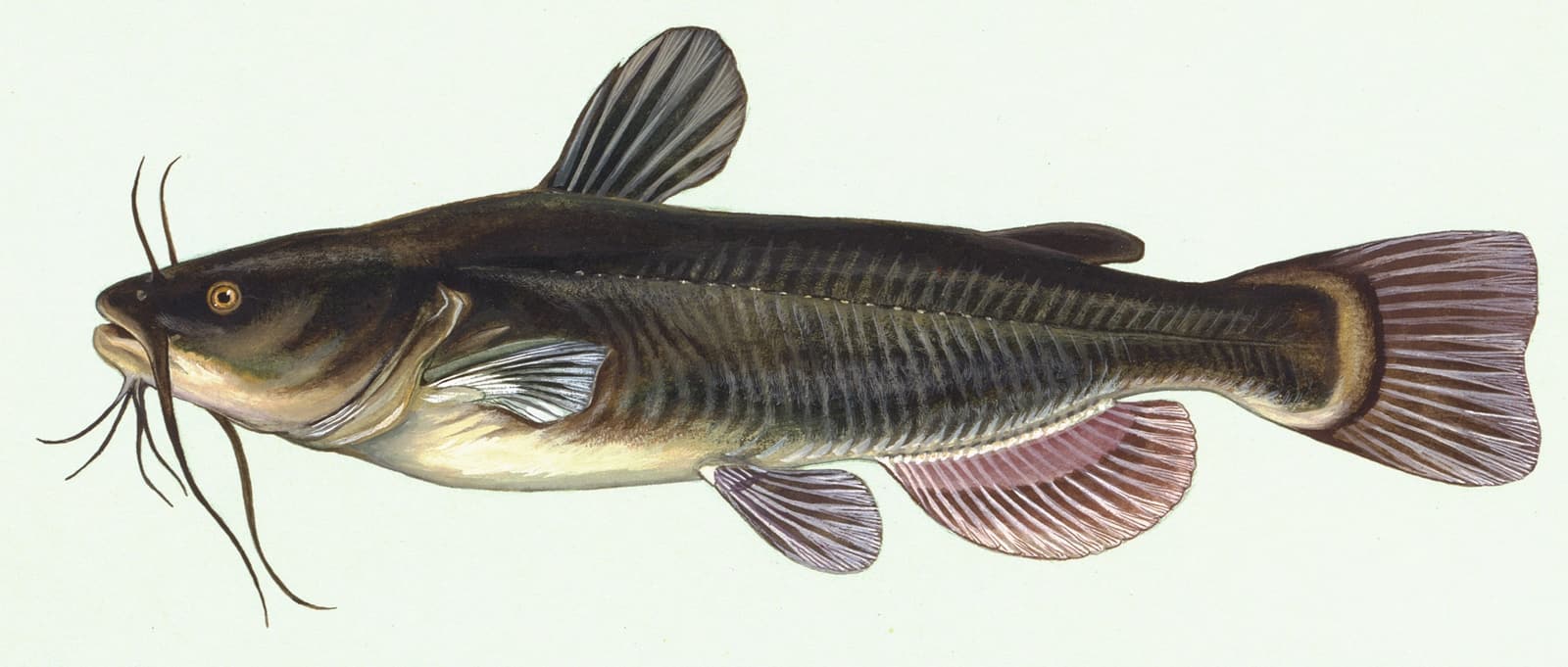
The Channel Catfish displays classic bottom-feeder adaptations, including sensitive barbels and a streamlined body designed for efficient movement through diverse water conditions. These whisker-like sensory organs allow for exceptional prey detection in low-visibility environments.
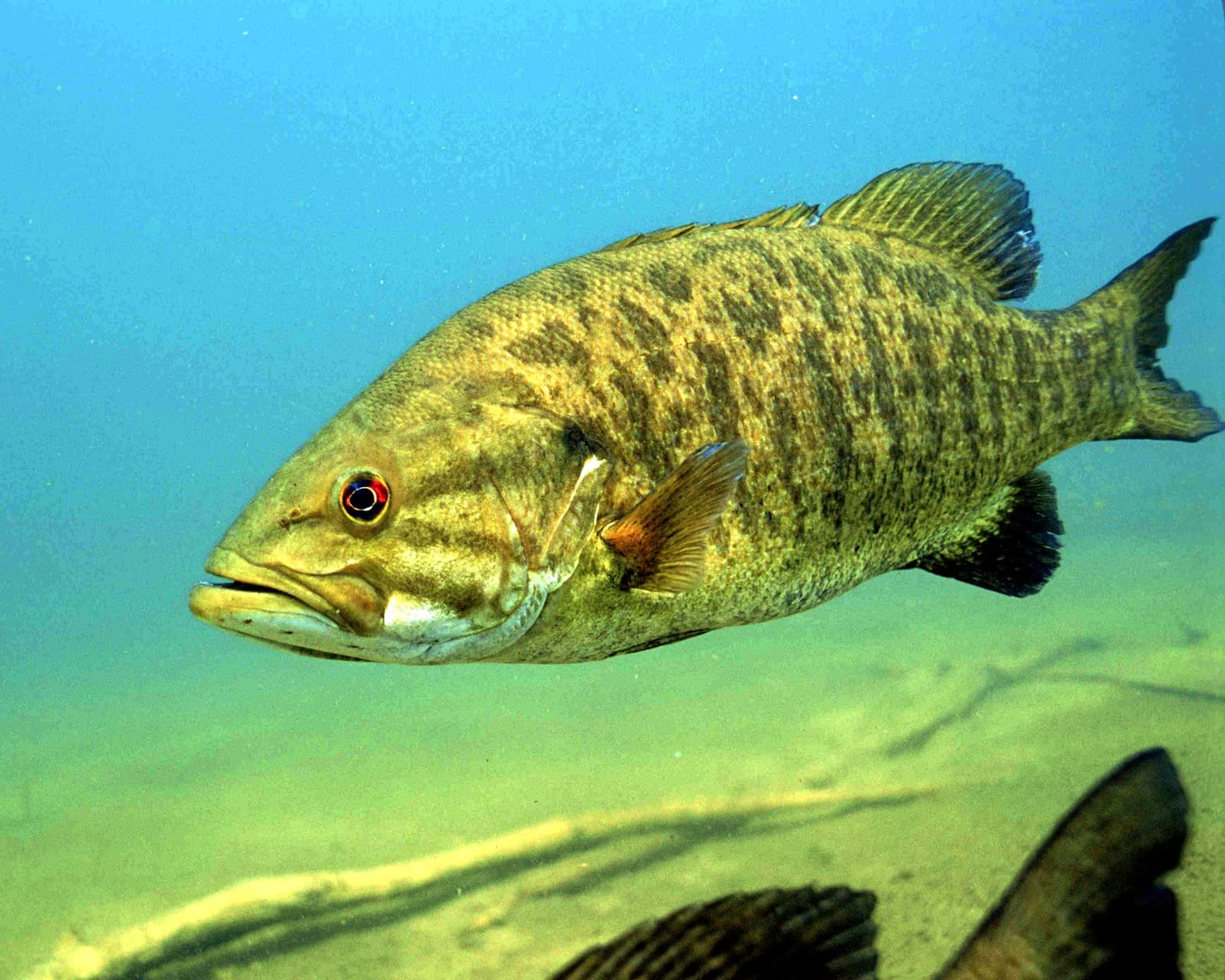
The Smallmouth Bass exhibits the powerful build and keen eyesight characteristic of ambush predators. Its muscular profile and large mouth are perfectly adapted for explosive strikes on prey in clear-water environments.
Key Differences: Catfish vs Bass
| Feature | Catfish | Bass |
|---|---|---|
| Size Range | 20-50 inches (51-127 cm) | 15-30 inches (38-76 cm) |
| Typical Weight | 2-50+ lbs (0.9-22.7+ kg) | 1-22 lbs (0.45-10 kg) |
| Hunting Style | Bottom-feeding, scavenging | Ambush predator |
| Sensory Adaptation | Barbels, chemoreceptors | Vision, lateral line |
| Habitat Preference | Murky, deep waters | Clear, structured waters |
| Scale Type | Scaleless, smooth skin | Ctenoid scales |
Habitat and Behavior
Bass thrive in clear waters with abundant structure, typically inhabiting depths of 5-20 feet (1.5-6 m). They’re most active during dawn and dusk, positioning themselves near drop-offs, weed beds, and submerged logs. Catfish, conversely, excel in deeper, often turbid waters, commonly found at depths of 20-40 feet (6-12 m), where their specialized sensory systems provide a significant advantage.
Feeding Patterns and Diet
While both species are predatory, their feeding strategies differ significantly. Bass are sight-feeders that primarily target:
- Small fish
- Crayfish
- Frogs
- Large insects
Catfish employ a more diverse feeding strategy, consuming:
- Live and dead fish
- Mollusks
- Aquatic insects
- Plant matter
- Detritus
Fighting Characteristics
When comparing fighting abilities, both species offer unique challenges to anglers. Bass are known for explosive surface strikes and aerial acrobatics, while Catfish demonstrate remarkable endurance with powerful, sustained runs. A 20-pound (9.1 kg) Catfish typically fights longer than a Bass of equal size due to their superior stamina and muscle mass.
Conservation Status and Management
Both species face similar conservation challenges, primarily habitat degradation and water quality issues. However, their different biological needs require distinct management approaches:
Bass Management:
- Focus on maintaining clear water quality
- Preservation of shoreline structure
- Protection of spawning beds
Catfish Management:
- Monitoring of bottom water quality
- Protection of deep-water habitats
- Regulation of commercial fishing
Understanding these differences between Catfish and Bass is crucial for both conservation efforts and successful angling strategies. Their distinct adaptations and behaviors continue to make them fascinating subjects for study and popular targets for recreational fishing.
